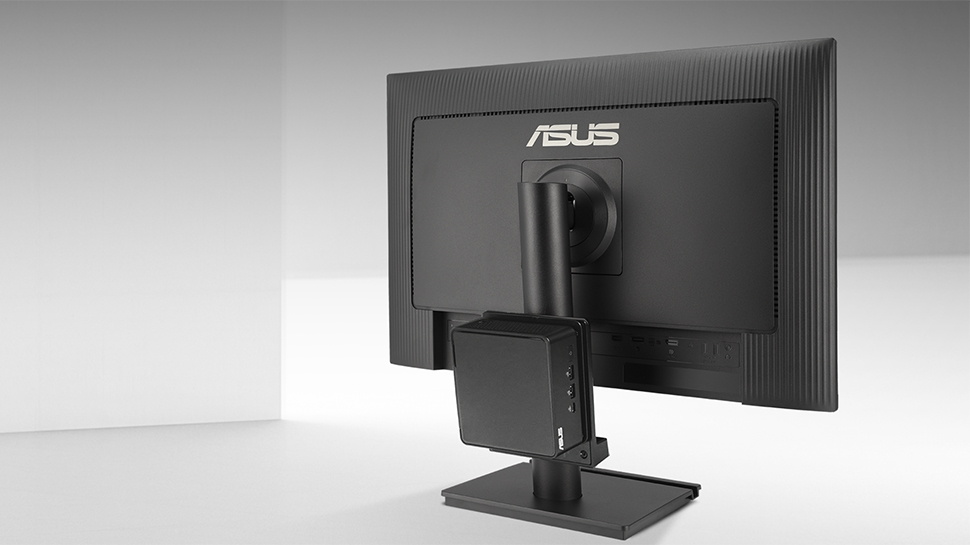- TeamGroup claims CAMM2 memory promises high-speed DDR5 performance
- Revolutionary design offers dual-channel operation in a single module
- Limited motherboard compatibility poses challenges for CAMM2 adoption
TeamGroup has introduced its Compression Attached Memory Module 2 (CAMM2), promising high-speed DDR5 performance with its new T-Create lineup.
The company says CAMM2 features a revolutionary design that offers significant advantages over traditional memory types like SO-DIMM, U-DIMM, and R-DIMM. It supports dual-channel operation with just one module, streamlining system architecture and lowering power consumption.
The built-in Client Clock Driver (CKD) boosts signal integrity, making CAMM2 well-suited for slim notebooks while its optimized thermal design enhances heat dissipation, allowing higher performance despite the smaller form factor.
CAMM2-compatible motherboards are very scarce
The T-Create CAMM2 modules are designed with DDR5-7200 specifications and a CAS latency of CL34-42-42-84, delivering remarkable read, write, and copy speeds of up to 117GB/s, 108GB/s, and 106GB/s, respectively.
This performance is achieved through manual overclocking, which has driven latency down to 55ns, a significant reduction compared to typical DDR5 JEDEC specifications. TeamGroup is now focused on pushing boundaries and the company says it is working to achieve even faster speeds, aiming to reach DDR5-8000 and even DDR5-9000 in future iterations.
One major setback for TeamGroup lies in the availability of CAMM2-compatible motherboards, which are currently limited. The T-Create CAMM2 memory was tested on MSI’s Z790 Project Zero, one of the few boards currently compatible with this new form factor.
Other brands, such as Gigabyte, hint at possible CAMM2-enabled designs, like an upcoming TACHYON board. However, the CAMM2 ecosystem is still emerging, and widespread adoption may depend on the release of more compatible boards and competitive pricing.
Nevertheless, TeamGroup expects to launch the first-generation T-Create CAMM2 modules by Q1 2025, with broader motherboard support potentially arriving as manufacturers introduce new CPU platforms. With AMD and Intel rumoured to announce budget-friendly CPUs at CES 2025, the rollout of mid-range boards compatible with CAMM2 could align with TeamGroup’s release plans, potentially helping CAMM2 secure a foothold in the market.
CAMM2 offers a couple of advantages over the widely used SO-DIMM, UDIMM, and RDIMM standards. Notably, CAMM2 modules operate in dual-channel mode while only occupying a single physical slot. Furthermore, they incorporate a Client Clock Driver (CKD), similar to CUDIMM memory, which bolsters signal integrity at high speeds, allowing for more reliable and faster memory performance.
These features make CAMM2 particularly appealing for laptops, which often face limitations with current SO-DIMM speeds or non-upgradeable LPDDR5/5X options.
Via Tom's Hardware
You might also like
- These are the best SSDs
- Take a look at the best MiniPCs
- Schools are facing greater cybersecurity threats than ever before
from Latest from TechRadar US in News,opinion https://ift.tt/wjS3NFW
